Prince Harry recently opened up about his journey with post-traumatic stress disorder following the loss of his mother, Princess Diana. In a candid discussion, he revealed his exploration of a groundbreaking therapy that helped him.
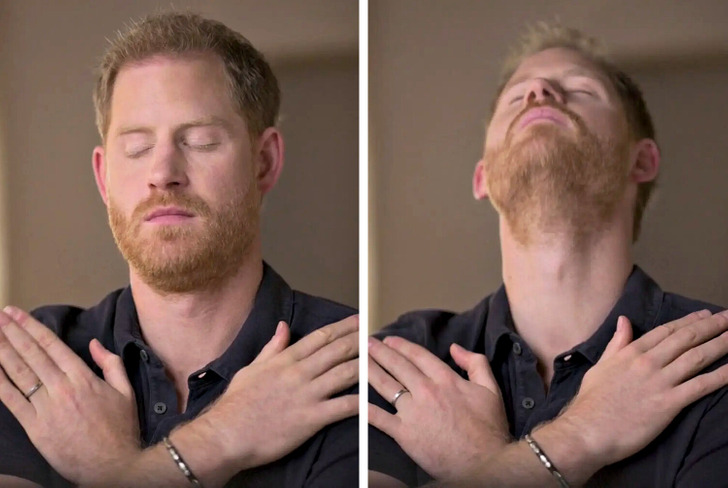
The therapy is called eye movement desensitization and reprocessing (EMDR) to address the debilitating effects of his anxiety attacks. This revelation offers a glimpse into the royal’s personal struggles and his proactive approach towards mental health care, shedding light on the significance of seeking innovative treatments of traumas.
In a video, Prince Harry can be seen undergoing EMDR therapy, where he taps his shoulders and moves his eyes rapidly. This therapy is relatively new and is used to treat PTSD. Prince Harry shared that he decided to try EMDR to deal with severe anxiety attacks he was experiencing.
Prince Harry mentioned that he was open to trying EMDR because of the therapy and work he had done over the years.
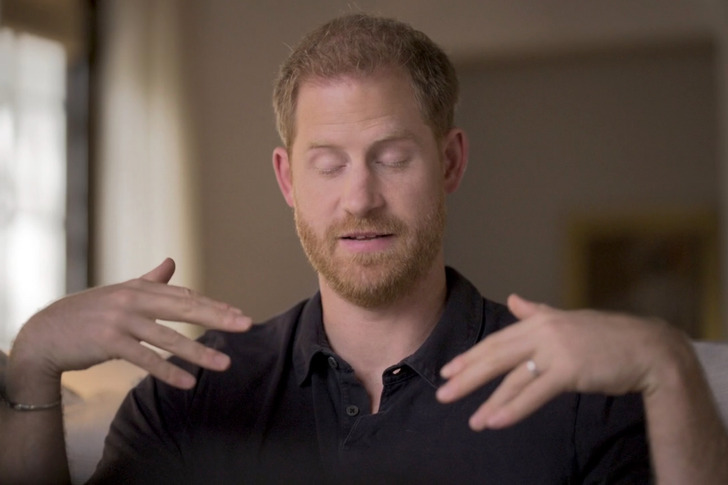
During a therapy session with UK-based psychotherapist Sanja Oakley, Prince Harry demonstrated how EMDR helped him feel better about returning home. He described feeling scared and helpless before, but the therapy helped him cope with those feelings.
Prince Harry’s openness about his experience with EMDR therapy sheds light on alternative treatments for post-traumatic disorder and mental health struggles. It shows that seeking help and trying different therapies can make a difference in managing mental health conditions.
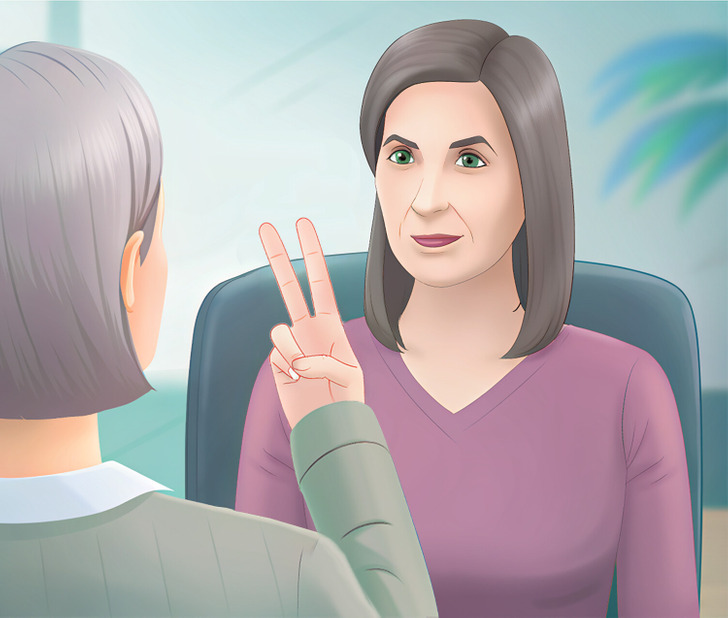
EMDR is a therapy made in 1987 to help with emotional traumas. It’s a structured therapy where you think about a tough memory while moving your eyes back and forth. This helps lessen the strong feelings tied to the memory.
EMDR works on a theory called Adaptive Information Processing (AIP). It says that trauma sticks around because it hasn’t been dealt with properly. So, when something reminds you of the trauma, those memories can come back strongly.
Unlike other therapies that try to lessen your reaction to trauma, EMDR tries to change how your brain stores those tough memories. Sometimes, instead of eye movements, you might listen to alternating tones. Usually, EMDR happens once or twice a week for about six to 12 sessions. But it can vary depending on the person.
Benefits of EMDR therapy
- EMDR is a structured therapy and usually needs fewer sessions than ongoing therapies.
- You don’t have to keep going back to the tough memory for a long time.
- You don’t have to talk a lot about what happened to you.
- There’s no homework to do.
- EMDR doesn’t try to change your thoughts and beliefs.
Disadvantages of EMDR therapy
- While EMDR is known to help with PTSD, it hasn’t been studied as much for other mood or mental health problems.
- If you’re avoiding talking about a tough event, EMDR might not be the best choice. Other types of talk therapy might work better.
- EMDR can sometimes make you feel worse at the start of treatment. The person who created EMDR warns that this could be dangerous for people who have gone through really tough things.
The process of EMDR
EMDR is a structured process with eight phases, each aimed at helping you deal with traumatic memories:
- History taking: Discuss your past with the therapist to identify which memories to focus on.
- Preparation: Learn about EMDR and how the therapist will use bilateral stimulation.
- Assessment: Identify your negative and positive beliefs related to the trauma.
- Desensitization: Use bilateral stimulation while recalling the memory.
- Installation: Focus on positive beliefs while processing the memory.
- Body scan: Talk about how you feel emotionally and physically.
- Closure: Prepare for what may happen between sessions.
- Reevaluation: Assess your progress and decide if more sessions are needed.
As you go through EMDR, you may start feeling less overwhelmed by the trauma. It’s normal for other painful memories to surface, indicating that suppressed memories are being processed.
When grappling with deep emotional traumas, it’s crucial to seek out specialists who can provide the appropriate form of treatment tailored to your needs. Whether it’s EMDR therapy or other therapeutic approaches, finding the right professional can make a significant difference in your healing journey.
Preview photo credit Good Morning America / YouTube
Royal Bombshell: Prince Harry’s Deep-Seated Hatred for Father Charles Revealed!
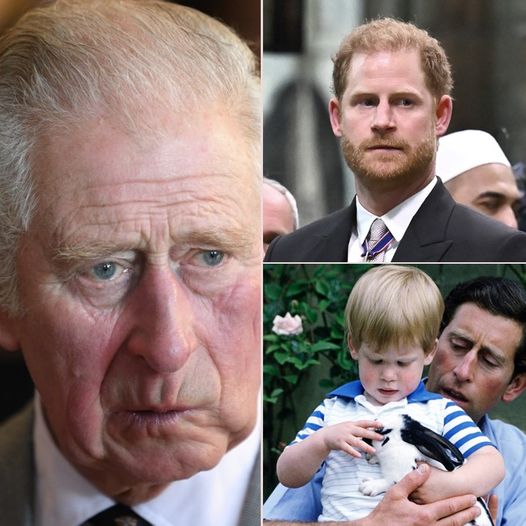
Prince Harry and his brother, Prince William, are currently not getting along well. Rumors suggest that William, who will be king one day, doesn’t even want to talk to Harry on the phone. There are reports that William and his wife, Kate Middleton, want to try to fix their strained relationship with Harry.
In his memoir titled “Spare,” Harry talks about feeling like he was less important to the royal family compared to William, who is the future king. Their lives were also marked by tragedy when their mother, Princess Diana, died when they were young.
Their once-close brotherly bond has changed, and Harry has even referred to William as his “archnemesis.” A new report reveals that Harry also has issues with his father, Prince Charles, about something related to his brother.
William and Harry had a happy childhood together, but everything changed on August 31, 1997, when Princess Diana died.
After losing their mother, William and Harry had only their father, Charles. Despite being part of the royal family with its rules and traditions, one would expect them to grieve privately like anyone else. But Harry claims this wasn’t the case when Diana died.
In his memoir, Harry remembers the morning he found out about his mother’s death. He was just 12 years old when Charles came to his room and told him, “Darling boy, Mummy’s been in a car crash.”
Harry recalls feeling shocked and says Charles didn’t comfort him much. Charles mentioned Diana’s injuries and how she didn’t survive. Harry remembers Charles putting a hand on his knee and saying, “It’s going to be OK,” but he didn’t hug him.
Harry also mentioned feeling guilt about his mother’s death and how he and William walked around Kensington Palace after her funeral.

“After our mother’s death, there were 50,000 bouquets of flowers for her, and we were there shaking people’s hands, smiling,” he continued. “I’ve seen the videos, and I noticed something strange – the people we shook hands with had wet hands. It turned out they were wiping away tears.”
Princess Diana’s death shocked the entire world. But at that time, many forgot that William and Harry, two young boys grieving for their beloved mother, had to maintain a public appearance.
The two brothers walked behind their mother’s coffin to Westminster Abbey.
Later, Harry criticized the decision for them, aged 12 and 15, to walk through London with the world watching.
“My mother had just died, and I had to walk a long way behind her coffin, surrounded by thousands of people watching me while millions more watched on TV,” he told Newsweek in 2017. “I don’t think any child should be asked to do that, under any circumstances. I don’t think it would happen today.”
Harry and William used to have a strong bond. When Harry turned 21, he said they were very close and could “talk about anything.”
“He is the one person on this earth who, I can actually really, you know, we can talk about anything and we understand each other and give each other support and everything’s fine,” Harry said.

Today, everyone knows that Prince Harry and his brother Prince William are not getting along. William reportedly doesn’t answer Harry’s calls, and they were already having problems before Harry and Meghan decided to leave the royal family.
In his book “Spare,” Harry wrote about a night in 2019 when he and William had a physical fight at his home in London. Harry said William had criticized Meghan, calling her “abrasive,” “rude,” and “difficult,” which Harry believed was just repeating what the media said.
Things got worse, and Harry described how William grabbed him, tore his necklace, and knocked him to the floor.
“He put down his water, called me a name, and then attacked me. It happened so fast. He grabbed me, tore my necklace, and I fell onto the dog’s bowl, which broke and cut my back. I lay there stunned, then got up and told him to leave,” Harry wrote.
Harry also said William encouraged him to fight back, remembering how they fought as kids. But Harry refused. Later, William returned looking sorry and apologized. Harry said he had visible injuries on his back.
Harry even called William his “archnemesis.”
About a year after Harry and Meghan left the royal family, Queen Elizabeth II’s husband, Prince Philip, died. During that time, Harry and William still had a lot of tension between them. Meghan didn’t attend the funeral, but Harry did. The days around the funeral were intense and emotional for the family.

During Prince Philip’s funeral procession, Prince Harry and Prince William didn’t walk side by side. News reports said Queen Elizabeth II decided they shouldn’t walk together. Instead, their cousin Peter Phillips walked between them.
The Mirror reported that the Queen made sure every detail of her husband’s funeral was just right. She wanted the focus to be on honoring his remarkable life without any distractions.
Some reports suggested it was actually William who asked for Peter Phillips to walk between him and Harry.
Before the funeral, Charles, Harry, and William had a private meeting. This was just a month after Harry and Meghan spoke with Oprah Winfrey in a big interview.
Unfortunately, the meeting didn’t go well. Harry was upset about how it turned out. The unplanned two-hour talk at Windsor Castle right after Prince Philip’s funeral felt like a surprise attack to Harry by his father and brother.

“A source told Radar Online that Prince Harry was surprised by an unplanned meeting with his dad and brother after Prince Philip’s funeral. The source said it wasn’t a good way to start making peace.
In the past few years, Prince Harry and his brother have met only a few times. Recently, Harry and Meghan traveled from the US to England for Queen Elizabeth II’s funeral.
During the funeral, Prince William and Kate walked together with Harry and Meghan at Windsor Castle. They greeted people and saw the many flowers and tributes for the late monarch.
When Prince Charles became king last year, Meghan Markle did not attend the ceremony. Harry went alone to the UK, but he returned to California shortly after the coronation at Westminster Abbey.
Father’s Day was on Sunday, June 16. Reports say Harry tried to arrange a call with his dad for the special day. According to royal expert Tom Quinn speaking to the Mirror, Harry’s attempts were met with hesitation from his father, advised by Camilla not to do anything that might upset King Charles.”

A royal expert says Harry wants to send a nice message to his father, whom he loves. But their issues aren’t private because their lives are very public.
“He knows everyone is watching to see if he’ll reach out to his dad. He wants to ignore their problems and send a warm message,” explained Tom Quinn.
Harry has tried to fix things, but his relationships with his father and brother aren’t good. Quinn said Harry wants to make up, but there’s a big problem: he feels his dad, King Charles, favors William over him.
“It’s important to remember Harry loves his dad, but he’s upset because Charles seems to side with William in family arguments,” Quinn told the Mirror.
What do you think about this? Who’s responsible for the problems between Harry and the royals? Share this article on Facebook and let us know your thoughts!
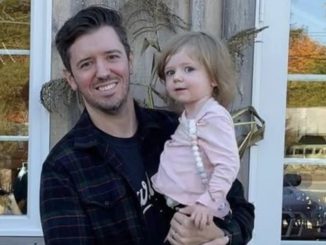
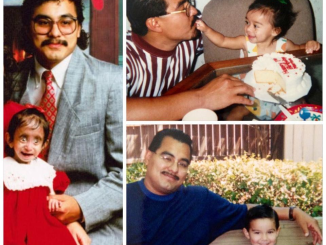
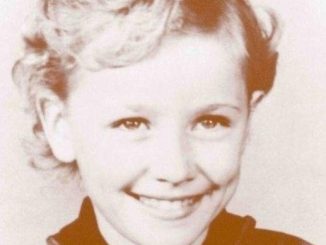
Leave a Reply